
Concrete planters have become a staple in modern home decor, offering a blend of minimalist charm and functional beauty. Creating your own concrete planters not only adds a personal touch to your living space but also provides an enjoyable DIY project for any weekend enthusiast.
Why Choose Concrete Planters?
Concrete planters are favored for their durability and aesthetic versatility. Whether placed indoors or outdoors, they provide a stunning backdrop for a variety of plant types. Moreover, the natural texture of concrete complements the rich green of plants, creating a striking contrast that appeals to the modern minimalist sensibility.
Materials Needed
Before starting your DIY project, gather these essential materials:
- Portland cement or a general-purpose cement mix
- Sand
- Water
- Mixing containers
- Molds (such as plastic containers, bowls, etc.)
- Release agent (vegetable oil or non-stick spray)
- Protective gear (gloves, mask)
Step-by-Step Guide to Making Concrete Planters
Step 1: Prepare the Mold
Choose a mold shape that suits your design aesthetic. Coat the inside of the mold with a release agent to prevent the concrete from sticking.
Step 2: Mix the Concrete
In a mixing container, combine three parts sand with one part cement. Gradually add water and mix until you reach a thick, oatmeal-like consistency. Ensure that there are no lumps in the mixture.
Step 3: Pour the Concrete
Once your mixture is ready, slowly pour it into the mold. Tap the sides of the mold gently to release any trapped air bubbles, which can create unwanted holes on the finished planter’s surface.
Step 4: Cure the Concrete
Allow the concrete to cure for at least 24 to 48 hours. Curing time may vary based on humidity and temperature. Ensure the plant’s indoor environment is cool and dry for optimal curing.
Step 5: Demold and Sand
Carefully remove the concrete from the mold once it has fully cured. Use sandpaper to smooth any rough edges and refine the shape of your planter.
Design Variations and Tips
Experiment with different shapes and sizes by using various mold types. For added texture and color, consider mixing in aggregates like pebbles or pigment powders. Layering concrete colors can also create a unique marbled effect.
Maintaining Your Concrete Planters
To maintain the beauty and longevity of your concrete planters, avoid exposing them to harsh weather conditions. Apply a water-resistant sealant if placed outdoors. Regularly check for cracks or damage and address any issues promptly.
Conclusion
Creating DIY concrete planters is a fulfilling endeavor that enhances your home’s decor with custom, stylish pieces. Their robustness, coupled with the natural elegance of concrete, makes them ideal for modern minimalist themes. As you craft your own planters, enjoy the process and appreciate the personal touch your pieces will bring to your living space.
Concrete planters have become a staple in modern home decor, offering a blend of minimalist charm and functional beauty. Creating DIY concrete planters is a fulfilling endeavor that enhances your home’s decor with custom, stylish pieces. 



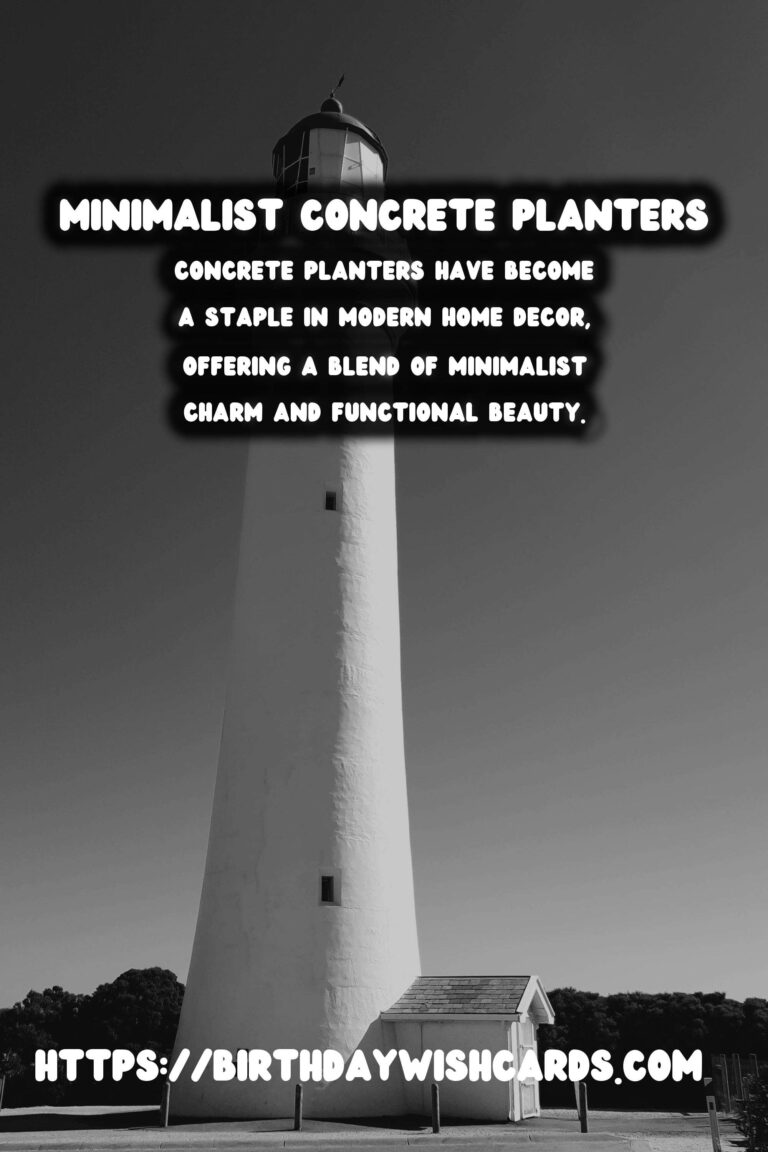
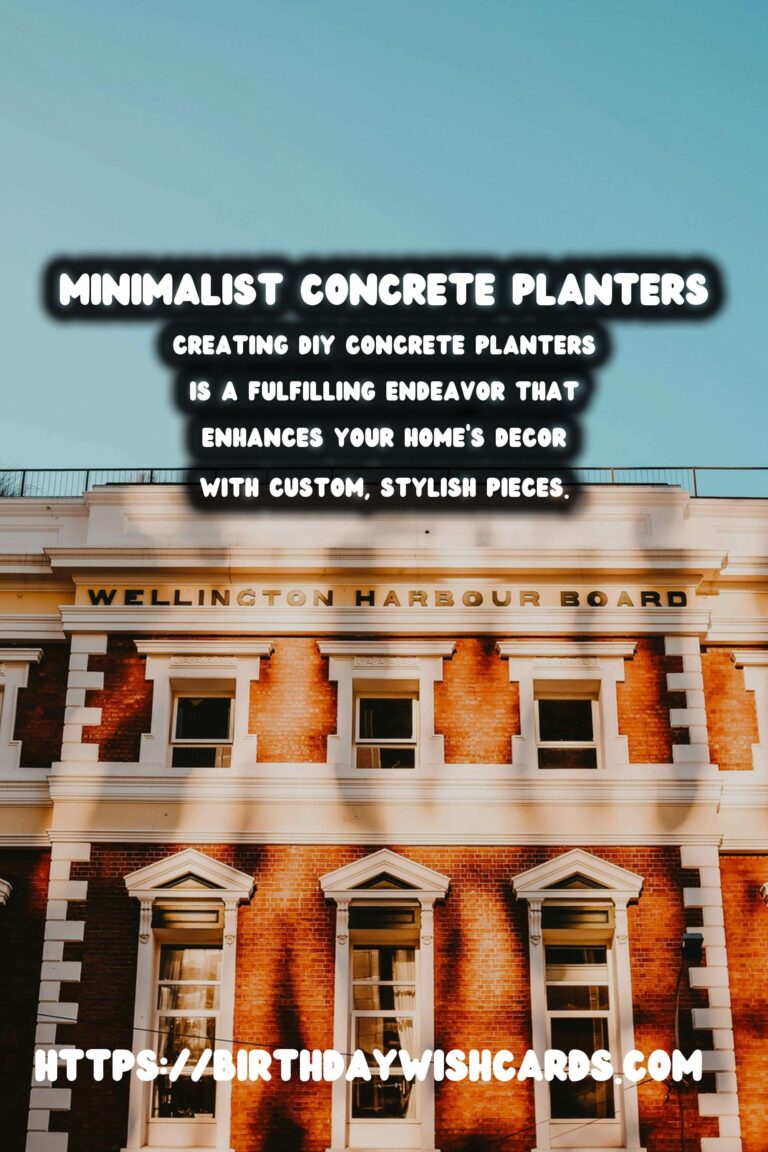
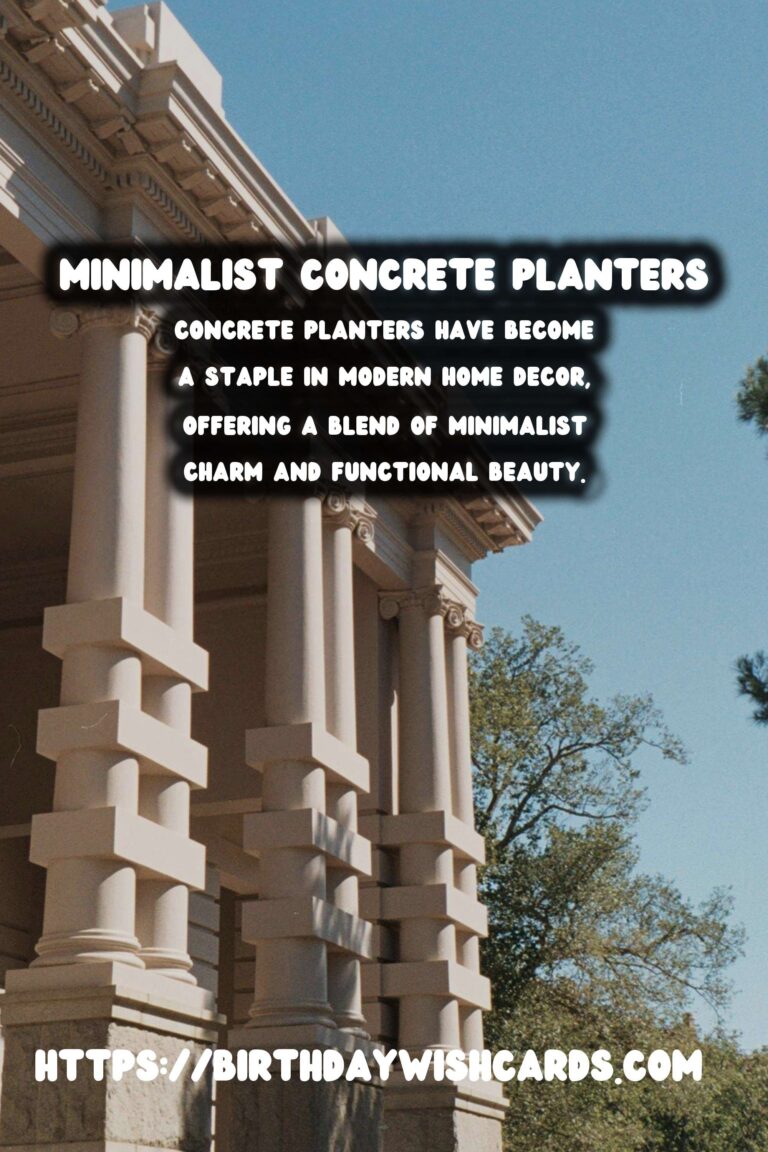
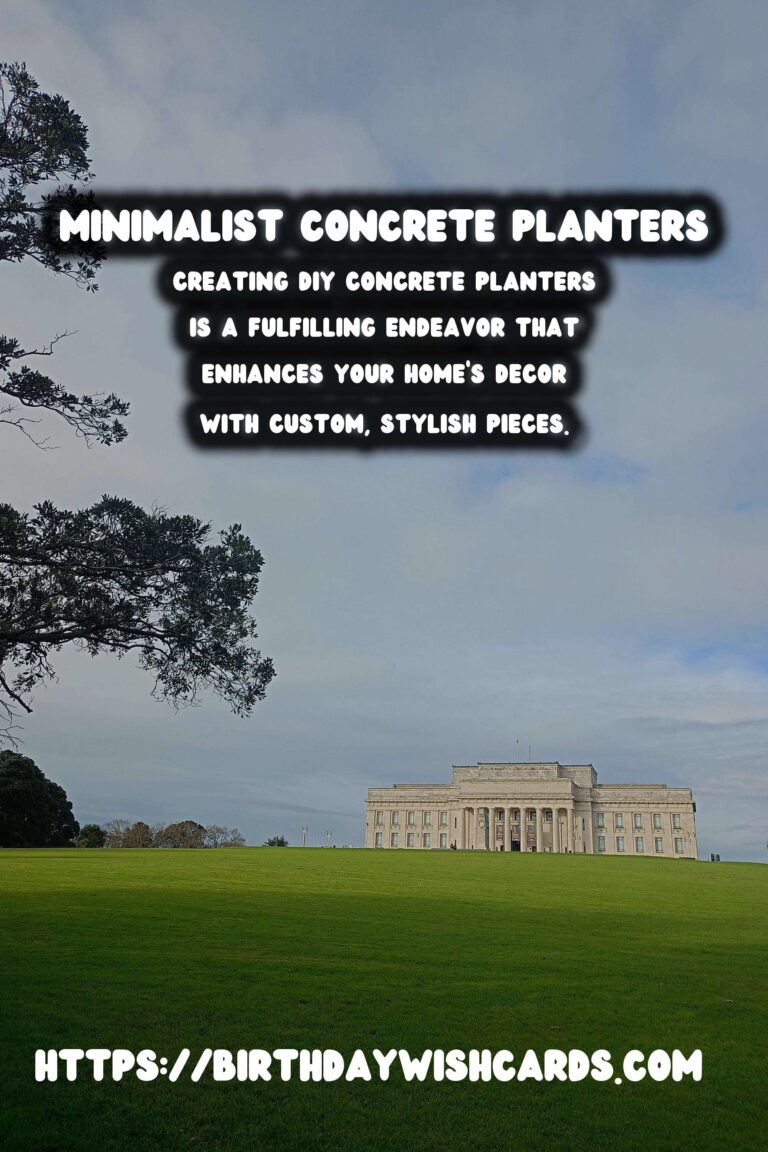
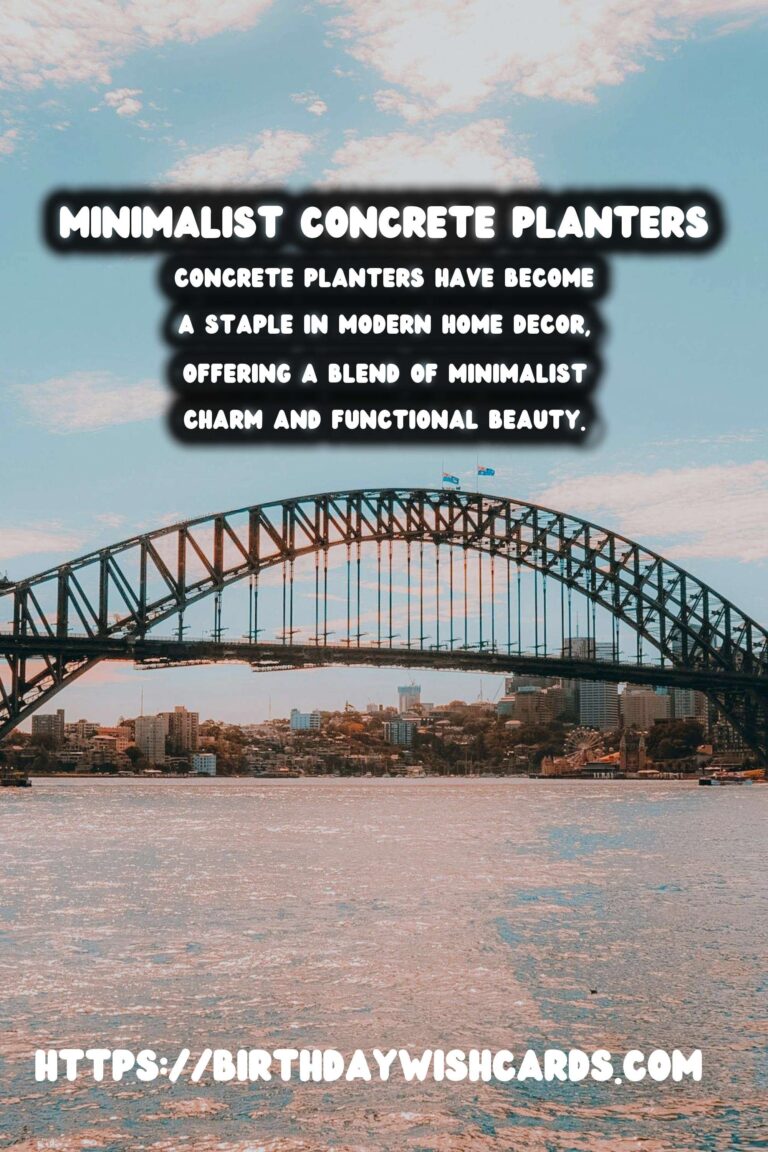
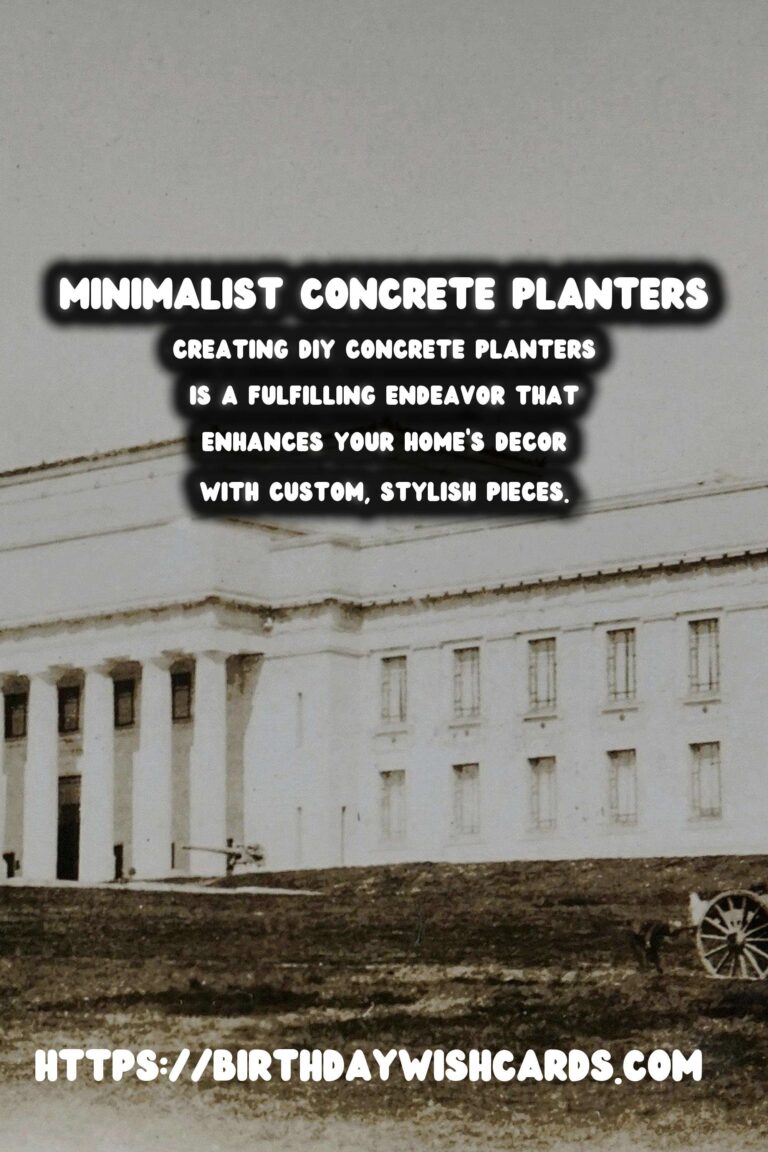
#DIY #ConcretePlanters




